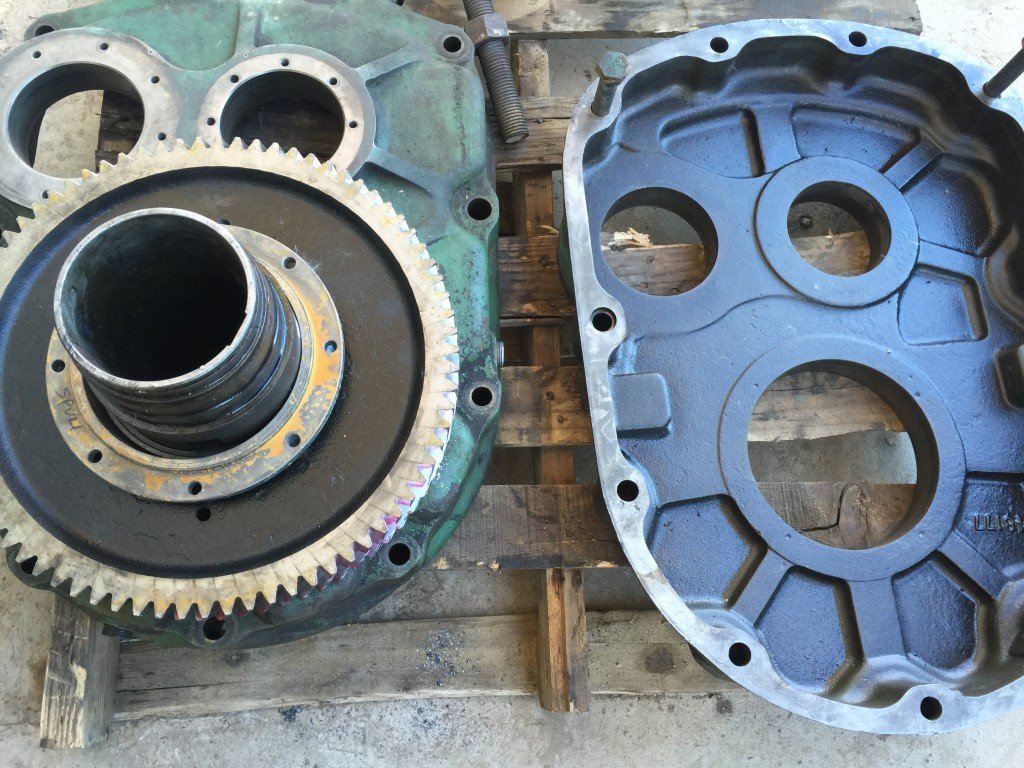Mobile:+86-311-808-126-83
Email:info@ydcastings.com
Exhaust Manifold Design Considerations for Improved Performance in Diesel Engine Applications
Understanding the Exhaust Manifold in Diesel Engines
The exhaust manifold is a crucial component in diesel engines, playing a vital role in the engine's performance and efficiency. Understanding its function and significance is essential for anyone involved in automotive engineering or maintenance, as well as for diesel engine enthusiasts.
What is an Exhaust Manifold?
The exhaust manifold is a collection of tubes that funnels exhaust gases from the engine cylinders to the exhaust system. In diesel engines, the manifold is typically made from cast iron or stainless steel to withstand the extreme temperatures and corrosive properties of exhaust gases. The design of the manifold is engineered to maximize the efficient flow of exhaust, which is essential for maintaining optimal engine performance.
Functions of the Exhaust Manifold
1. Routing Exhaust Gases The primary function of the exhaust manifold is to collect and direct exhaust gases away from the engine. This prevents harmful gases from accumulating within the engine compartment, thus protecting engine components and enhancing safety.
2. Enhancing Engine Efficiency By efficiently expelling exhaust gases, the manifold aids in reducing back pressure on the engine. Lower back pressure allows the engine to breathe more easily, improving overall performance, fuel efficiency, and power output.
3. Temperature Regulation The manifold plays a role in temperature management by allowing exhaust gases to leave the engine quickly. Proper heat management helps to maintain engine temperatures within optimal ranges, which is crucial for both performance and longevity.
4. Supporting Turbocharging In diesel engines equipped with turbochargers, the exhaust manifold often has an integral design that accommodates the turbo's turbine. The manifold directs exhaust gases to the turbo, which then uses the energy from these gases to compress the intake air, resulting in increased engine power.
exhaust manifold diesel engine

Types of Exhaust Manifolds
There are two primary types of exhaust manifolds used in diesel engines log-style and tubular.
- Log-Type Manifolds This design features a simple, block-shaped structure that collects exhaust gases from multiple cylinders and routes them to a single exit. While log-type manifolds are often less expensive to manufacture, they can be more restrictive, impacting performance, particularly in higher-performance applications.
- Tubular Manifolds These are composed of multiple tubes that allow exhaust gases to flow more freely. The tubular design enhances exhaust flow, reduces back pressure, and can improve engine response. However, these manifolds are generally more complex and expensive to produce.
Common Issues and Maintenance
Over time, exhaust manifolds can develop issues such as cracks or leaks, which can lead to a significant loss of engine efficiency. A leaking manifold can also result in exhaust gases entering the engine compartment, creating a hazardous environment. Regular inspections and maintenance are essential to identify any wear or damage early.
In some cases, upgrading the exhaust manifold to a performance variant can provide noticeable improvements in engine output and responsiveness.
Conclusion
The exhaust manifold is an integral part of a diesel engine's system, significantly influencing its efficiency, power, and emissions. Understanding its function and maintaining its integrity are critical for anyone looking to optimize the performance of diesel engines. Given its importance, both manufacturers and enthusiasts alike should pay close attention to the exhaust manifold when considering modifications or maintenance plans.
-
What Makes Stainless Steel Pump Casting Essential for Modern Industries?NewsJul.14,2025
-
Revolutionize Your Engine Maintenance with Premium Aluminum and Cast Iron ComponentsNewsJul.14,2025
-
Precision Flow Engineering Starts with the Right Pump ComponentsNewsJul.14,2025
-
Maximize Efficiency: Explore Reliable Containment and Crop SolutionsNewsJul.14,2025
-
Discover Superior Performance with Advanced Turbo ComponentsNewsJul.14,2025
-
Boost Fluid Dynamics with Precision-Engineered Pump ComponentsNewsJul.14,2025











